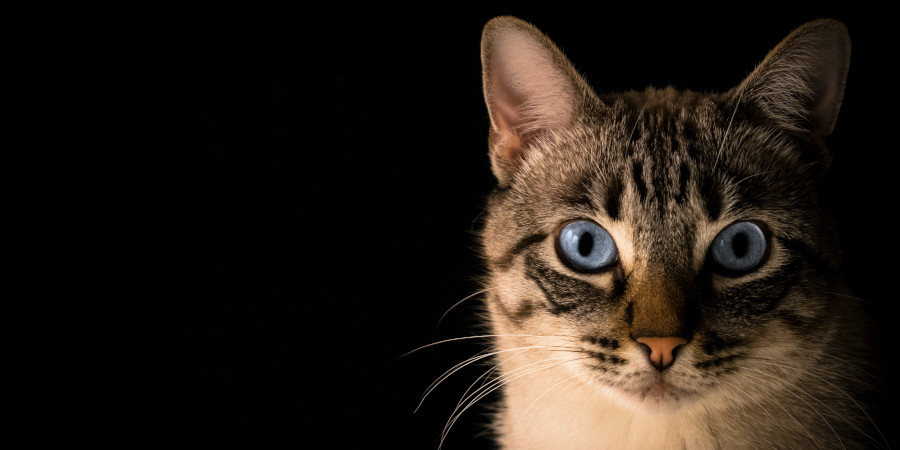TIME Partners with Cool Cats NFT Project, Fortune Business Magazines NFT Sale Raises 1.3M
Two major news magazines, TIME and Fortune, have joined the world of NFTs, or non-fungible tokens. This is a huge step toward mainstream adoption as these crypto-supporting companies are two of the largest American magazines.
Fortune sold its first NFT cover collection in August, raising $1.3 million. TIME magazine began selling NFT magazine covers, then announced the launch of its new Cool Cats NFT project.

The Cool Cats Project
So how was this new project created? In April, TIME magazine announced that it added the crypto bitcoin (BTC) to its balance sheet. This came after the magazine auctioned three NFT covers in March. In August, the NFT Cool Cats project shared that it would partner with TIME to mint NFTs.
This new Cool Cats project issues 10,000 limited-edition NFT ``cool cats.” Some of the freshly-minted Cool Cats will feature cats reading TIME magazine. Others include one hundred copies each of Elu’s cat, Clons’ cat, Xtremetom’s cat, and Lynoid’s cat. The project released a statement sharing how thrilled it was to work with “one of the most iconic and well-respected companies out there.”
This project’s launch is like others before it in the NFT space. Some popular examples include Cryptopunks and Bored Ape Yacht Club.
Fortune’s NFT Collection
The business magazine Fortune shared in August that it raised $1.3 million selling NFT covers. In this sale, Fortune sold 256 NFTs that sold for about one Ether (ETH) each. The magazine also sold three other NFTs in a separate auction. These covers featured art from a popular digital artist called “pplpleasr.”
The covers designed by Pplpleasr have a unique twist. The cover art changes based on who bids on them. This is possible through smart contract technology developed by the NFT production company Manifold. With it, the programs can have unique variations so the design can change in part due to a variable, like if certain crypto personalities bid on them.
As a result of these NFT sales, the company raised 429 ETH. Authors Robert Hackett and Declan Harty said TIME will donate half of the funds to charity. Fortune will hold the remaining ETH.
More About NFTs
NFTs have skyrocketed in popularity in 2021, but what exactly are they?
NFT stands for a non-fungible token. NFTs represent assets on blockchain with unique codes. This is distinct from Bitcoin, for example, which is a fungible asset. Since Bitcoin is fungible, this means that people can trade one for another, and they are equal. Because NFTs are unique, they can be used to sell a variety of goods. This can mean physical items or a digital copy.
Here are some of the benefits of NFTs:
- Proof of ownership
- Authenticity and uniqueness
- Easy transferability through smart contract technology
- Economic opportunity creation
Here are some of the limitations of NFTs:
- Lack of regulation
- Lack of universal infrastructure for buying and selling NFTs
NFTs on the Rise
NFTs are a hot topic in 2021 as they have become a key part of online commerce. The rarest NFT items have even sold for millions. For example, the code used to build the World Wide Web (WWW) sold for $5.4 million. The most expensive NFT sold to date is a piece of artwork called “The Merge” which sold for almost $100 million. This NFT sale is also unique in that it is co-owned by almost 30,000 collectors.
This new industry has support and interest from celebrities and artists alike. Jack Dorsey, Twitter's founder, sold his first tweet for $2.9 million as a unique NFT. Actors Mila Kunis and Ashton Kutcher launched an animated series called "Stoner Cats." The trendy catch is that only NFT holders can watch. As celebrities promote NFTs, more consumers join the market.
Brands are also joining in on the NFT hype. Major U.S. newspaper publishing company Gannett launched NFTs in June. Basketball teams, like the New York Knicks, have launched their own collections with limited-edition digital items. Fans can buy these unique NFTs and support their favorite brands and crypto at the same time.
Video games even incorporate NFTs, with the tokens representing rare collectors’ items in the game. For example, Axie Infinity offers an NFT-based economy within its game, where gamers can play to earn crypto.
The Future of NFTs
For many, NFTs act as a gateway into the crypto sphere. NFTs are the flashy, exciting latest addition to the crypto market. Buyers and sellers are entering the market hoping to profit off of the industry.
As it becomes more mainstream, many fans of the token and crypto, in general, are positive. They hope that value will continue to rise. Naysayers think that the NFT bubble is destined to pop. But many believe that NFTs will continue to grow in value over time. That leaves many to wonder how high the NFT ceiling will go.


